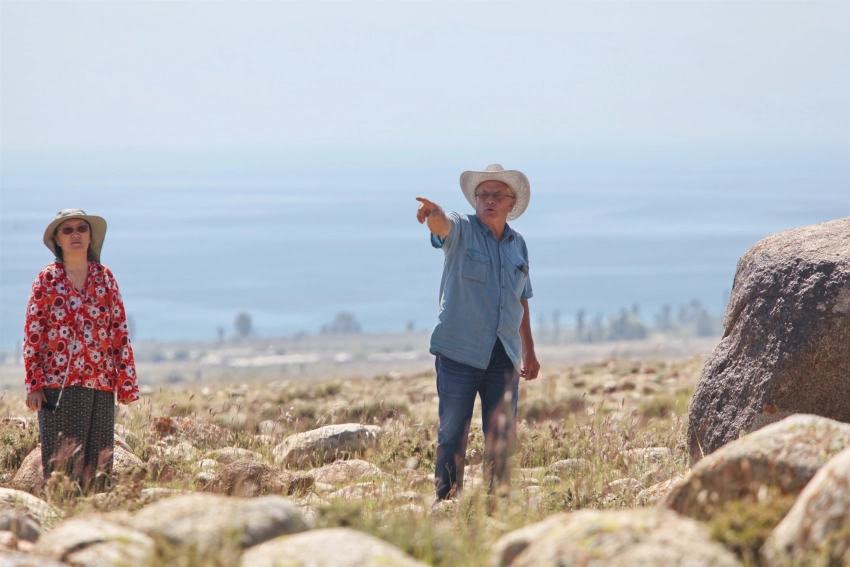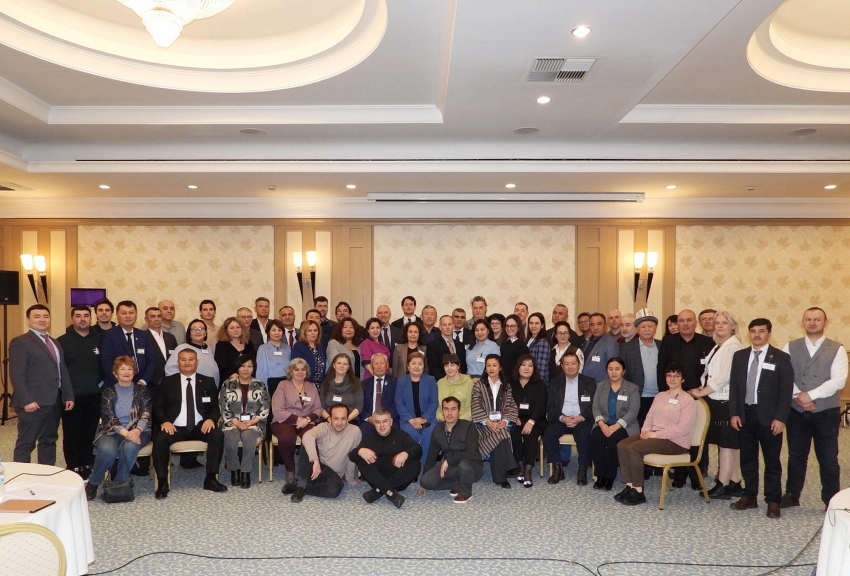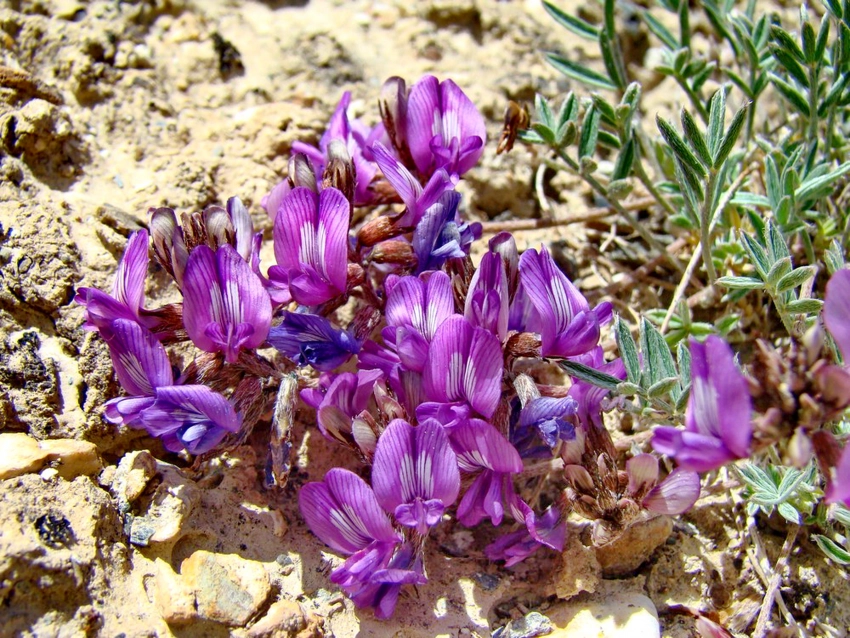Nature, local history, ecotourism, history - and all this is “Issyk-Kul exotic travel”

Local historian Viktor Fedko, general director of Issyk-Kul Exotic Travel LLC, believes that it is necessary to develop ecotourism in Kyrgyzstan. He is especially interested in Issyk-Kul, where he studied almost every gorge and every stone.
“In Ornok alone,” says Victor, “there are more than 1000 petroglyphs. And what can we say about nature - it is beautiful! I always believed that when God created heaven, he had Issyk-Kul in mind.
There are just not enough good developed routes. Most of the available tours are literally “hackneyed”; tourists are offered the same thing. It is necessary to involve Issyk-Kul guides in marking routes. Marking will make it easier for future tourists, including less experienced and prepared ones, to follow the route.”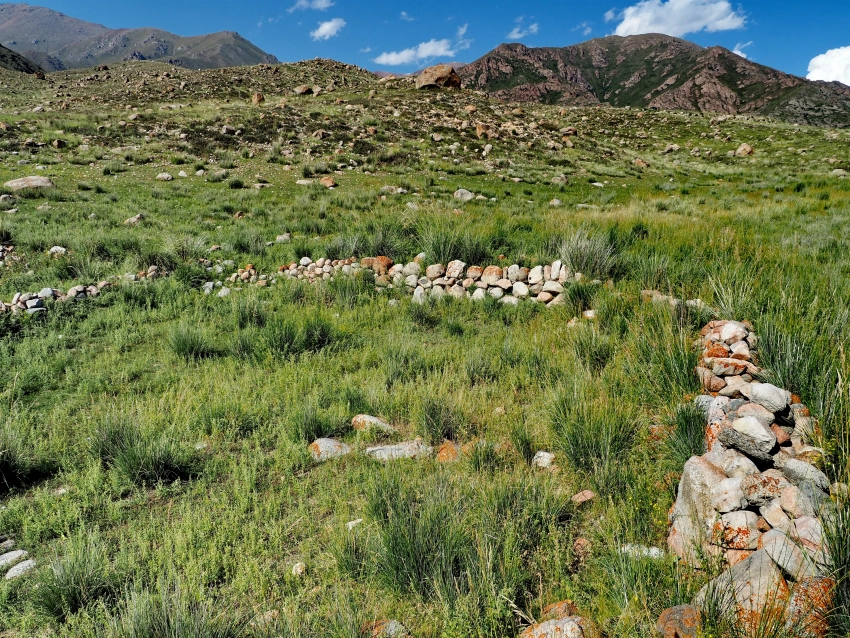
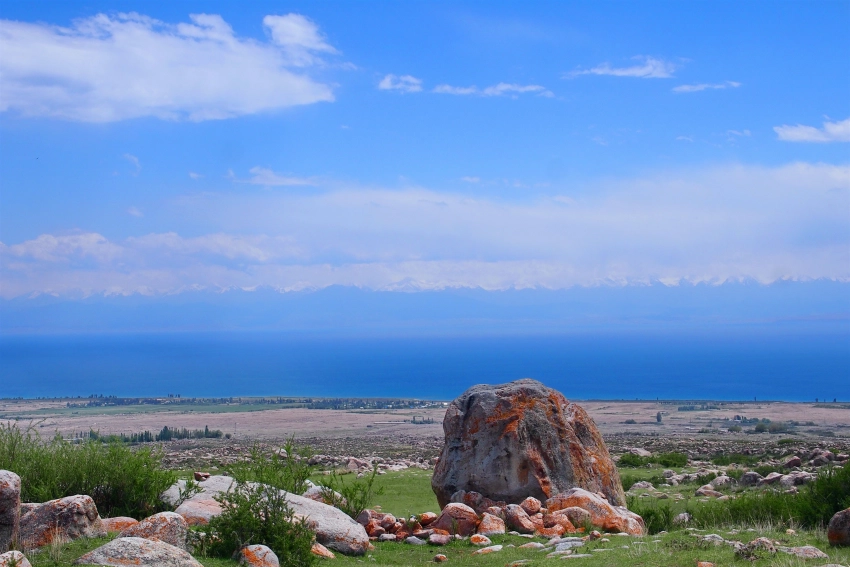
The local historian believes that there are many waterbirds in the Western Issyk-Kul region due to favorable conditions for stagnant water along the lake shore. Vast wetlands (Ak-Olon, Ak-Bulun) are also good because their inaccessibility “protects” birds, creating obstacles for poachers (it’s a long way to get from the shore). But year after year, anthropogenic pressure is still increasing. For example, not so long ago one could find pheasants in the coastal thickets around Lake Issyk-Kul. And now he's gone. And all because of poaching and inadequate security. But the rangers can also be understood - the security conditions are very difficult. They need guard houses, motor boats, and winter feeding supplies for birds.

In order for there to be more birds, it is necessary to take care of their food supply. And this is a fish. Along bare areas of the coast (where this is acceptable) and along the banks of rivers flowing into Issyk-Kul, planting of willow and tala (or, as the local population calls it, turpan tala) is necessary. There will be plants, there will also be insects that fall into the water from the leaves, which means there will be food for the fish. Barley would also be useful (0.5-1 hectare would be enough for the rangers to grow it), but it would be possible to help them purchase grain waste. And to preserve fish in the Issyk-Kel biosphere territory, irrigation networks must be equipped with fish drainage structures, otherwise, when watering, young fish fall into the fields and are eaten by seagulls. Unfortunately, this is not yet practiced. Engineers should become a little bit of ecologists and think not only about irrigation, but also about nature conservation.
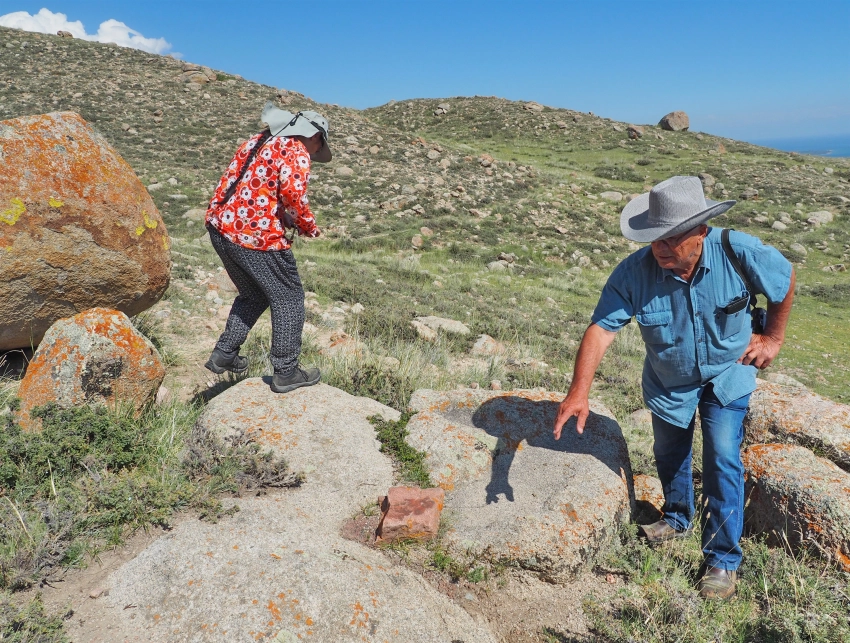
And modern tourism infrastructure cannot do without eco-technologies. Take renewable energy sources, for example. Although everything new is well forgotten old. Even during the Soviet Union, inter-collective farm hydroelectric power stations operated in Issyk-Kul, for example, in Teploklyuchenka.
Victor is sure that there are conditions for the development of ecotourism and bedwatering in Kyrgyzstan, but one thing is missing – people who want to do it. After all, this type of business requires not only funds, but also deep knowledge about the native land, and the ability to captivate people by conducting excursions in nature.
That is why Victor always willingly shares his knowledge with young people. “They are the future,” the specialist is sure.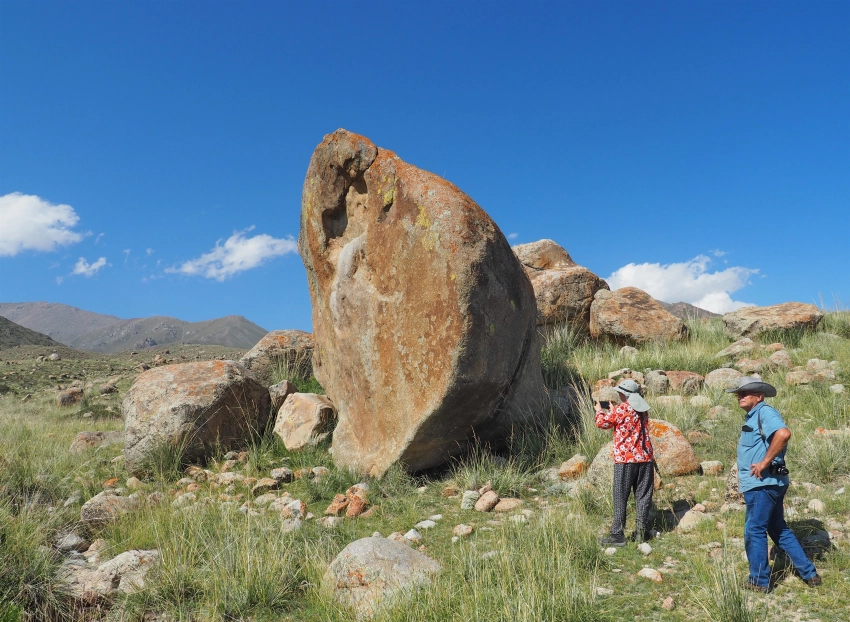
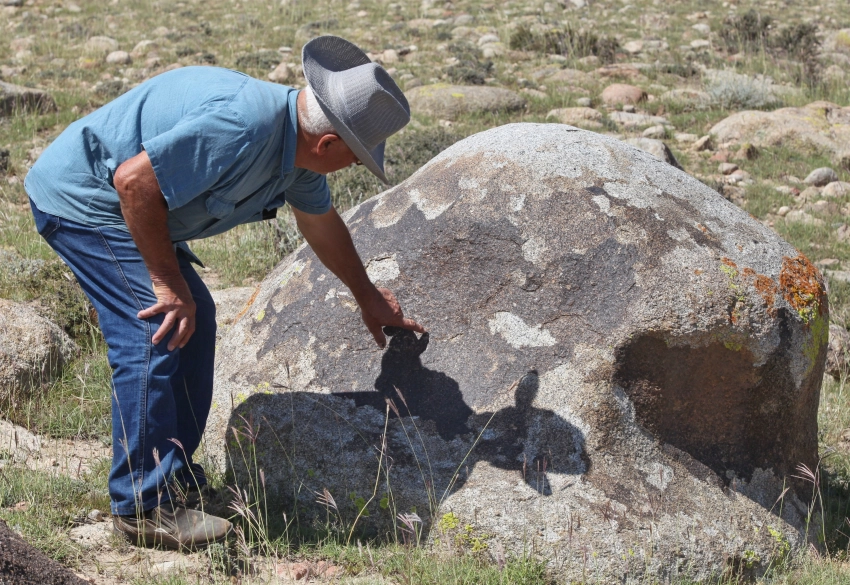
Phone/whatsapp for contact: 0(779)231619
Link to source of information: based on materials from https://time.kg/vremyag/112974-issyk-kulskie-megality-mesta-sily-geoaktivnye-i-geopatogennye-zony-chast-1.html

